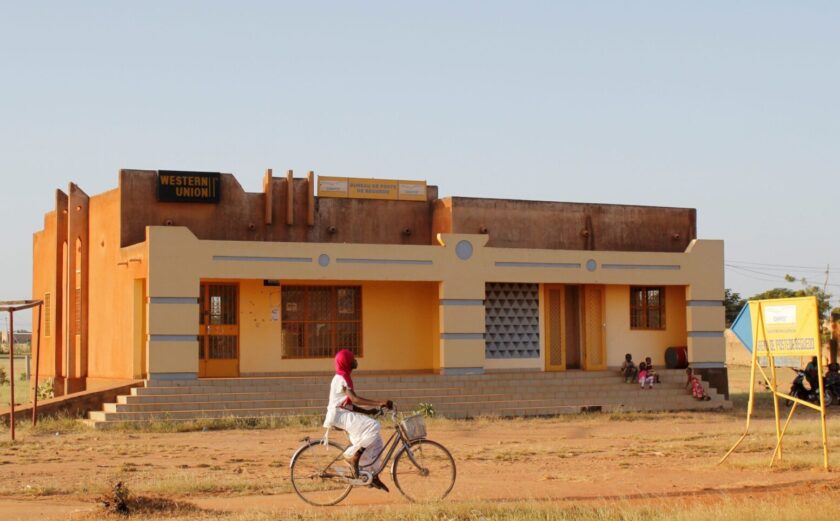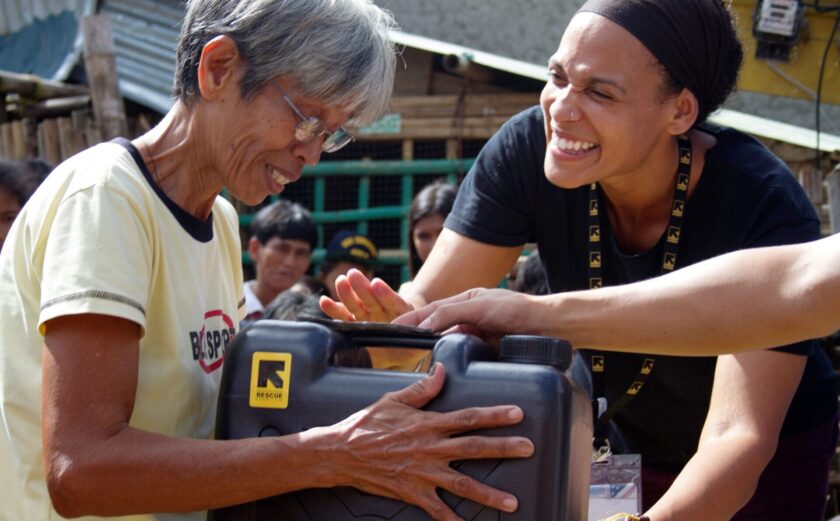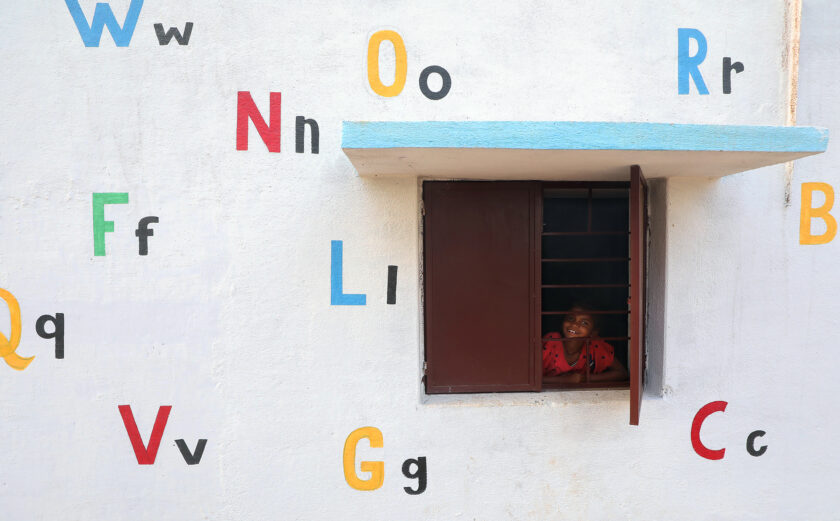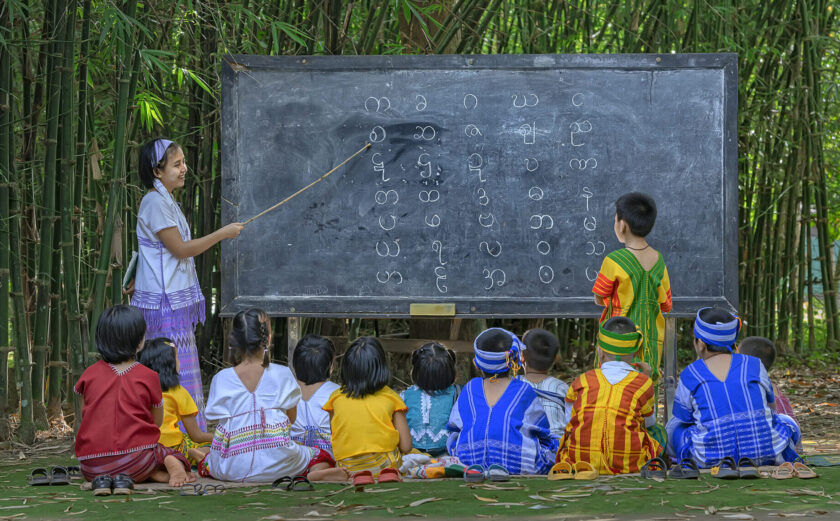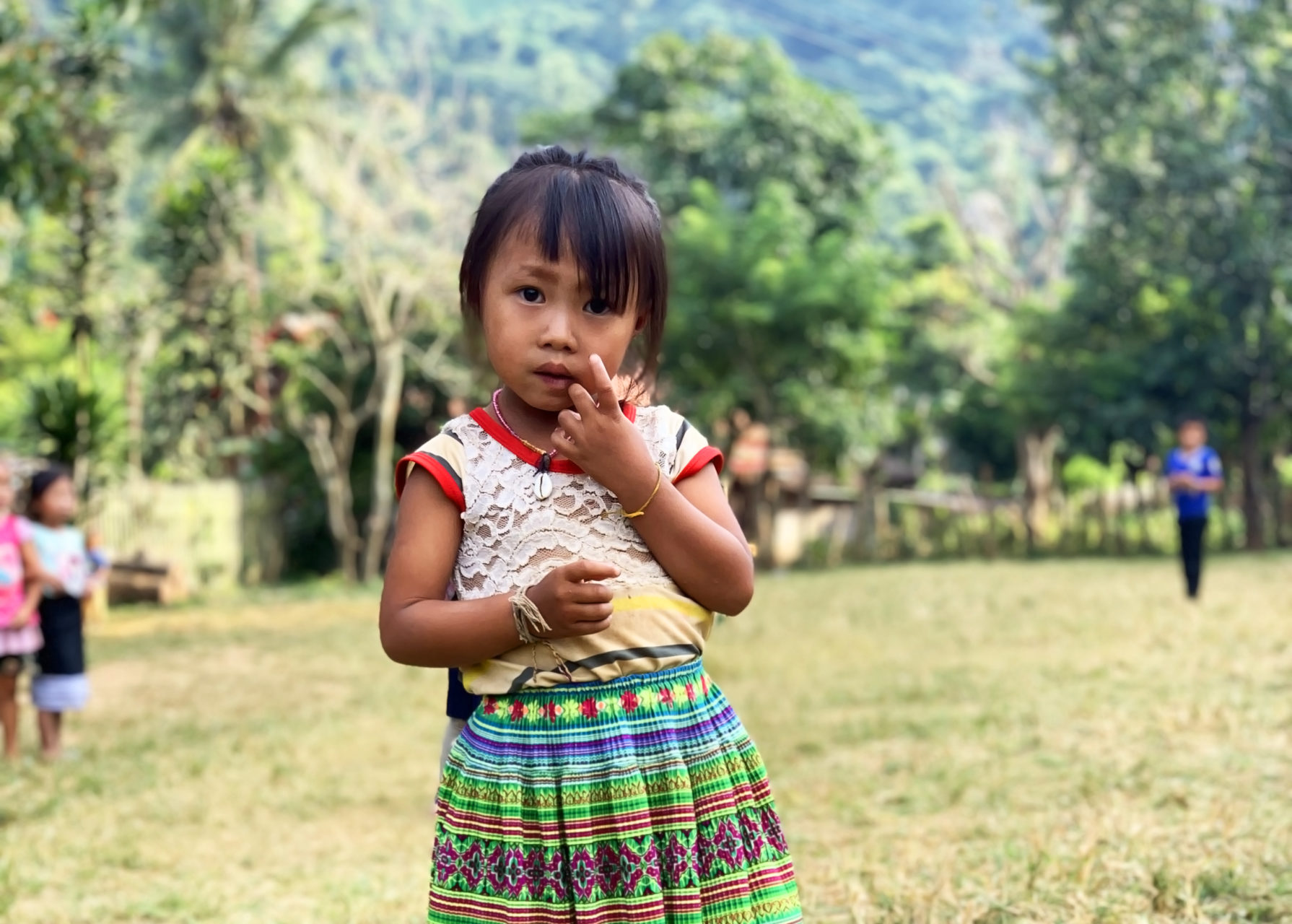
International Day of the Girl Child
Educating the Next Generation of Young Women
While conducting a training in Laos recently, I asked a room of participants to raise their hands if their mother went to primary school. Of the ten youth present, only five raised their hands. When I asked whose mother went to high school, I saw one lone hand raise.
On average, a child in Laos receives only 5.2 years of schooling: boys on average receive 5.7 years of formal education, while girls receive 4.6. For children living in the countryside, the barriers to education are even greater. The majority of ethnic rural families in Laos use subsistence farming to survive. The well-being of the family is contingent on all family members fully participating in duties around the home, meaning that many Lao children upon reaching a certain age are forced to forgo formal education in order to work the fields or help their families in other ways.
Young girls feel the greatest pressure to remain home. Lao ethnic groups have strong social and cultural norms that dictate strict traditional gender roles. Men are the head of the household; women take on household responsibilities. While young girls are cleaning and cooking, young boys get to go to school.
Laos is not the only country where young girls fail to receive a proper education. Around the world, girls are denied equal access to education, limiting their futures in innumerable ways.
According to a World Bank report: Missed Opportunities: The High Cost of Not Educating Girls, less than two-thirds of girls in low-income countries complete primary school and only one in three girls completes lower secondary school.
As the international community celebrates the International Day of the Girl Child, we must remember the importance of education to a young girl’s future. Source after source tells us that giving young girls access to education benefits families, communities, and society as a whole. While the list of these benefits is endless, some of the most impactful include:
Increasing a country’s economic growth
Young women who finish school are more likely to find a job, earn money and produce goods and services for their community and country. In some developing nations, the World Bank estimates, investing in girls’ education by just 1% increases per capita income by 0.3%.
Creating smaller, more sustainable families
United Nations Population Fund data tell us that women with higher levels of education have fewer children and are more likely to give birth for the first time later in life. What’s more, the children of women with more years of schooling are much more likely to survive infancy.
Empowering girls and women
World Bank research shows that educated girls are more empowered, better equipped to make their own decisions, and feel more in control of their choices. Moreover, women who went to school are less likely to experience domestic violence and more likely to take a leadership role in their own homes.
Paving the way to leadership roles within their communities
Educated women are more likely to volunteer and take on political leadership roles. Equal and full participation of women is a necessary prerequisite for democratic governance: when women have a role in decision-making, the economic, political, and social well-being of their country improves.
International Day of the Girl Child is an opportunity to celebrate the power of young girls, highlight the challenges they face, and advocate for their empowerment and the fulfillment of their human rights. As I worked with inspiring young girls in Laos, I saw how excited they were to learn and then use what they learned for good.
An educated young girl is a step toward a brighter and more democratic future. This International Day of the Girl Child, let’s keep investing in girls and working toward that future.
